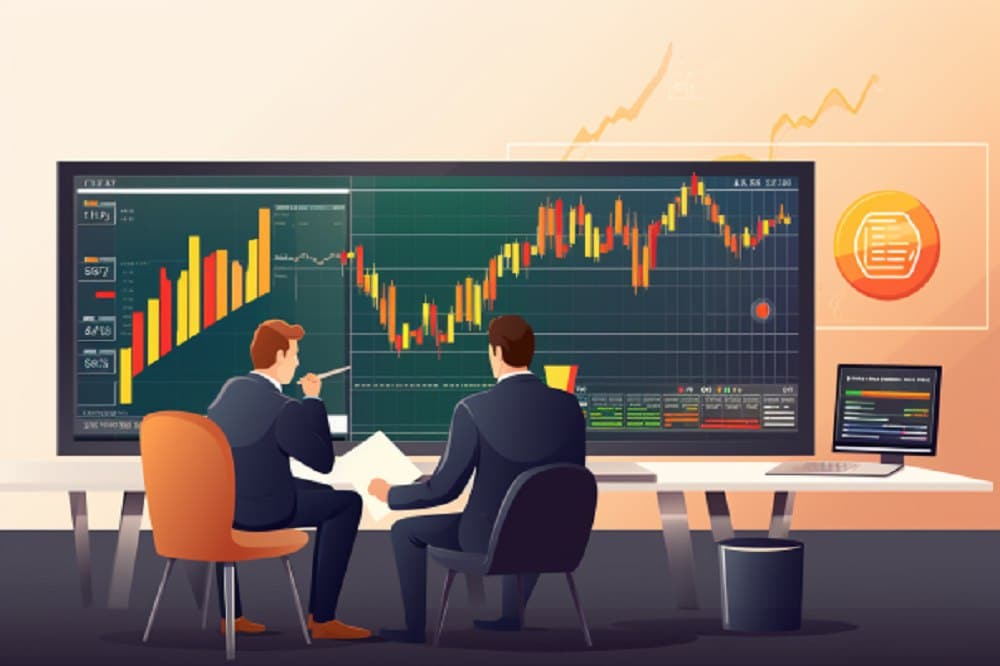There are basically two types of orders in crypto trading – buy and sell orders. This is where active day traders stop, but they can also be divided into more categories. If you wish to actually buy or sell a crypto asset unlike when you’re opening a day trade for example, your buy or sell order will still fall into another category.
One of these categories is a limit order. This is an order you place to buy an asset at a set price. Unlike a market order, this is not filled immediately or based on the current market price of the asset you wish to buy.
Instead, you set a price at which you want the order to be filled. In this guide, we discuss what a Limit Order is, how it works, and when you should use it.
Different order types affect your trade in significant ways, so it is vital that you know the best order to use before you open a trade. For example, the order type you use for instant buy or sell is different from the one you’ll use to buy at a more convenient price.
However, there’s no reason to worry because by the time you’re done reading the guide, you should know if a limit order is for you or not.
What is a Limit Order?
A limit order is an order you place on the order book with a specific limit price, hence the name “limit order”. You get to determine the price at which you wish to buy or sell your asset of interest. The order is only filled when the price reaches your set price, or better.
This kind of order allows you to either buy at a lower price than the price at which you place the order, or to sell at a higher price than when you placed it. As mentioned earlier, the order is placed on the order book, so it is not executed immediately like a market order.
However, it allows you to trade at lower fees because in this case, you trade as a maker rather than a taker as is the case with market orders.
To place a limit order, you’ll need a price range, that is you’ll need to set a minimum and a maximum price at which to buy or sell. The order will only be executed at a price that falls within the range you provide.
This gives you the freedom to go away and expect your order to be executed automatically, but there’s no guarantee that your order will be executed. If the asset doesn’t hit your set price range, the order will not be filled.
Your order can be open for as long as the exchange allows before it is closed automatically if unfilled.
How a Limit Order Works
A limit order is placed on the order book as soon as it is opened. When the asset hits your set price or better, the order is executed, but this also depends on liquidity availability. Also not that limit orders are filled on a first come first serve basis, so those placed before yours will be filled first.
A limit order can also be affected by time. For example, if you placed a limit order to sell one BTC at $30,000 and it takes some time for the order to be filled, you should review it for a potentially higher price because the order may still be executed at $30,000 even if the price rises to $33,000 for instance.
When to Use a Limit Order
A limit order may be suitable for you if:
- You wish to buy or sell at a certain price
- You’re not in a hurry
- You want to apply Dollar Cost Averaging
- You’re experienced in crypto trades
- You wish to minimize losses or maximize gains
Conclusion
Now that you know what a limit order is, you must have known what it is used for and when you should use it. If you are not in a hurry and would like to buy or sell at a set price, a limit order will work just fine for you.
At Tokenhell, we help over 5,000 crypto companies amplify their content reach—and you can join them! For inquiries, reach out to us at info@tokenhell.com. Please remember, cryptocurrencies are highly volatile assets. Always conduct thorough research before making any investment decisions. Some content on this website, including posts under Crypto Cable, Sponsored Articles, and Press Releases, is provided by guest contributors or paid sponsors. The views expressed in these posts do not necessarily represent the opinions of Tokenhell. We are not responsible for the accuracy, quality, or reliability of any third-party content, advertisements, products, or banners featured on this site. For more details, please review our full terms and conditions / disclaimer.
